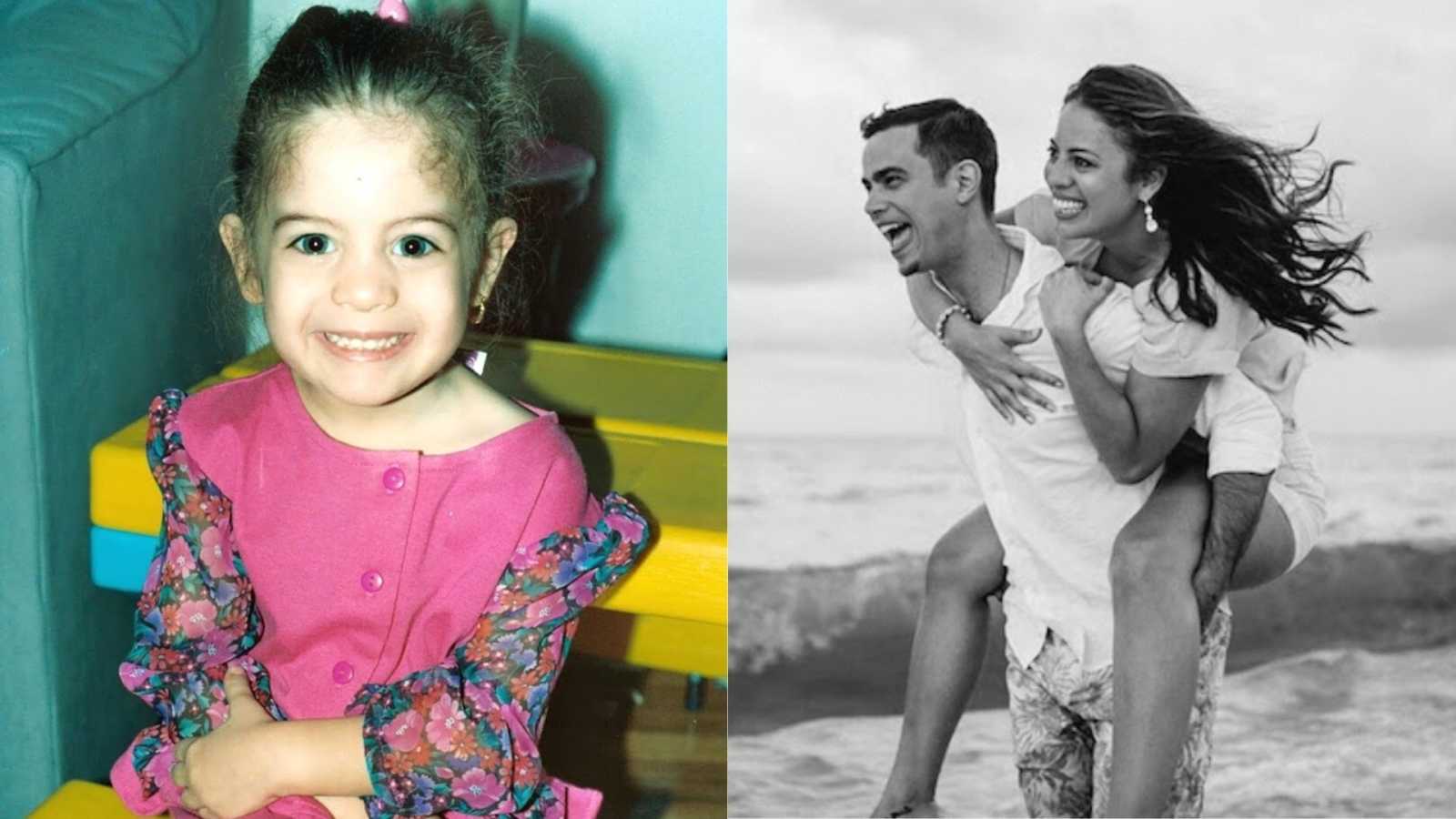“Child psychiatrist Dr. Gayani DeSilva listed the symptoms of generation trauma in her October 2020 interview with Health. In her experience, the symptoms can include: ‘hypervigilance, a sense of a shortened future, mistrust, aloofness, high anxiety, depression, panic attacks, nightmares, insomnia, a sensitive fight or flight response, and issues with self-esteem and self-confidence.’
For my story of healing, understanding generational trauma has been essential. Putting into words the pain and physical manifestations of this generational burden was one of the many moments along my journey where it felt like a breakthrough, where it felt like the light came in.
Dr. DeSilva added the traumatic experiences are often repeated with each generation and there can be a sense of futility towards addressing it within the family. ‘It becomes a horrid experience that is somehow accepted by the family because the family becomes desensitized and feels hopeless and powerless about the recurrence, and thus inadvertently enables the trauma to continue,’ she explained.
The concept of generational trauma is still a relatively new idea. In fact, as Health noted, the term was first conceptualized in 1966 when Canadian psychiatrist Vivian M. Rakoff, MD noticed higher rates of physiological suffering among later generations of Holocaust survivors. So while the concept offered a profound breakthrough, it’s still just gaining traction in pop culture. It can also be a difficult idea to accept in societies that promote independence, self-actualization, and autonomy. The truth is, we are not nearly as independent from our genealogy as we might think and are, instead, deeply shaped by the health and wellbeing of our ancestors.
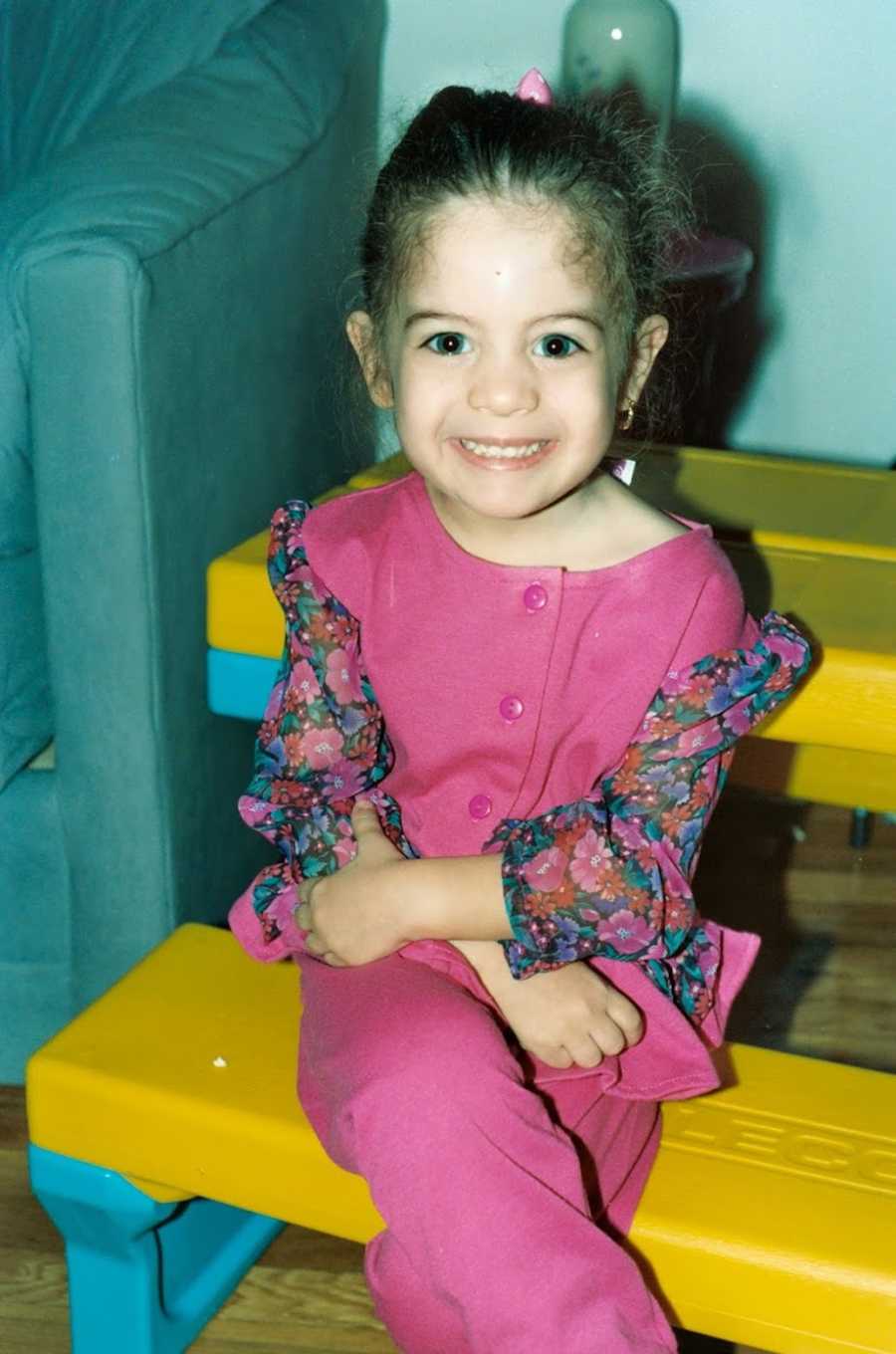
With this as the background, I began to examine my own childhood. In my thirties, I asked a therapist if being ‘playfully’ drowned in a pool was considered abuse. When they asked if I would do that to a young child, it was easy for me to make that distinction. It was a groundbreaking moment of self-validation, where I understood how I had been gaslighted and how long self-doubt and invalidation had altered memories of my own childhood.
Dipping back into the folds of childhood, as if pulling the sheets back, I remembered how often pain manifested in my body in situations where doctors were unable to make any kind of diagnosis. I struggled through major acne as well as stomach aches. I felt severe anxiety accompanied by chest palpitations. I had sweaty palms while interiorly, I was struggling with rumination. These exacerbated into panic attacks and crying fits.

These were the physiological effects. My body, as Bessel Van Der Kolk wisely dubbed his book, was keeping the score. I instinctively knew the abuse wasn’t right and, in addition to protecting myself, I felt a keen desire to protect my younger sisters. I know my biological parents wanted the best for me but believe there was a lack of urgency to mitigate the issues that were shaped by cultural norms, such as machismo, social determinants, and, of course, the cycle of generational trauma.
It can be surprising where physical reactions crop up in response to an unhealthy environment. As a college student, I developed throat issues and so I was referred to an ENT (ears, nose, throat specialist). However, my Primary Care Physician made an unusual suggestion: I move out of my childhood house. I did and although there was no direct diagnosis from examinations, the issues cleared shortly after moving out. Go figure. In hindsight, I realized stress from fear and the lack of being fully heard impacted my throat chakra and created constriction and blockage. This form of protective silencing is completely contrary to who I really am. If you know me, you know I’m an extrovert and am not afraid to speak up!

The need for change was obvious and thankfully, my journey towards healing began with my departure from my childhood home, though I didn’t know it at the time. Plus, in between classes, I began a yoga practice with friends and noticed how much it calmed my mind.
However, it felt like one step forward and two steps back because I began experiencing episodes of debilitating menstrual pain. The pain was so excruciating it began impacting my classes and work schedule. I went to a gynecologist for guidance but I never felt fully heard. Part of the problem was that culturally, we’re made to believe painful periods are common. It’s often shrugged off by many in medicine as something to be expected and for many people with wombs, it feels like a common complaint and therefore, never taken seriously. There are vague references to heating pads, spending the day in bed, or taking painkillers and while there’s certainly language around the pain (‘excruciating’ or ‘brutal,’ for example) the cry of pain so often gets brushed off as nothing more than hyperbolic.
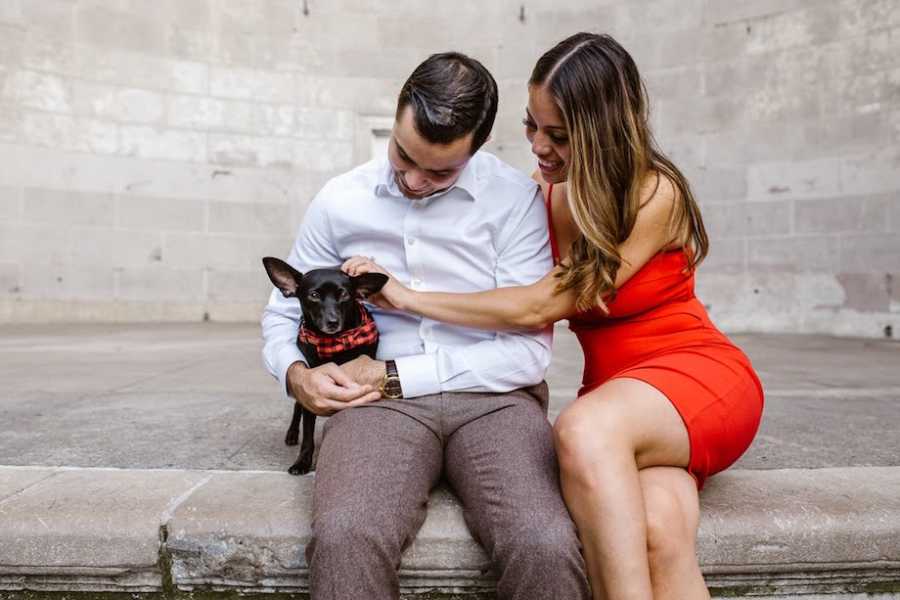
This was my experience — being told period pain is common, and so I was prescribed birth control to alleviate the issue. I didn’t like it but continued because I was so desperate for relief. On top of this, I continued with my active schedule and monitored my eating, hoping that would help but it did nothing to alleviate my PMDD (Premenstrual dysphoric disorder) symptoms. On top of that, diets and monitored eating didn’t help with body dysmorphia.
Midway through this search, I started to explore alternative medicine via herbal supplements, remedies, and essential oils. I also grew more conscious about products I was putting on my body, what kinds of makeup I was using, and what I used in my home.

The healing journey continued in unexpected, surprising ways, like desperate hops across a pond from one lily pad to the next. In 2019, I read Van Der Kolk’s book The Body Keeps the Score and began talk therapy in an effort to combat PMDD.f As I continued to journey, I found out about Endometriosis, thanks to symptom-targeted web searches and communities on Instagram. While these supports were popping up, I was feeling so much frustration with support from Western medicine and healthcare and was left feeling like it was all just in my head.
The next step, which happened in 2020, was I decided to integrate acupuncture into my regime, which helped with my Chi and encouraged blood movement through my body. Then, in March 2020, a huge breakthrough came. I had a Reiki session that sparked a major transformation. During the 60-minute session, waves of different emotions rippled through me. As I began to focus on my throat chakra, fear and panic took over. It felt like a climactic moment of generational trauma meeting personal trauma, using my body as the battleground. It was a mental, physical, and spiritual breakthrough and gave me an affirmed connection with my spirit guides.
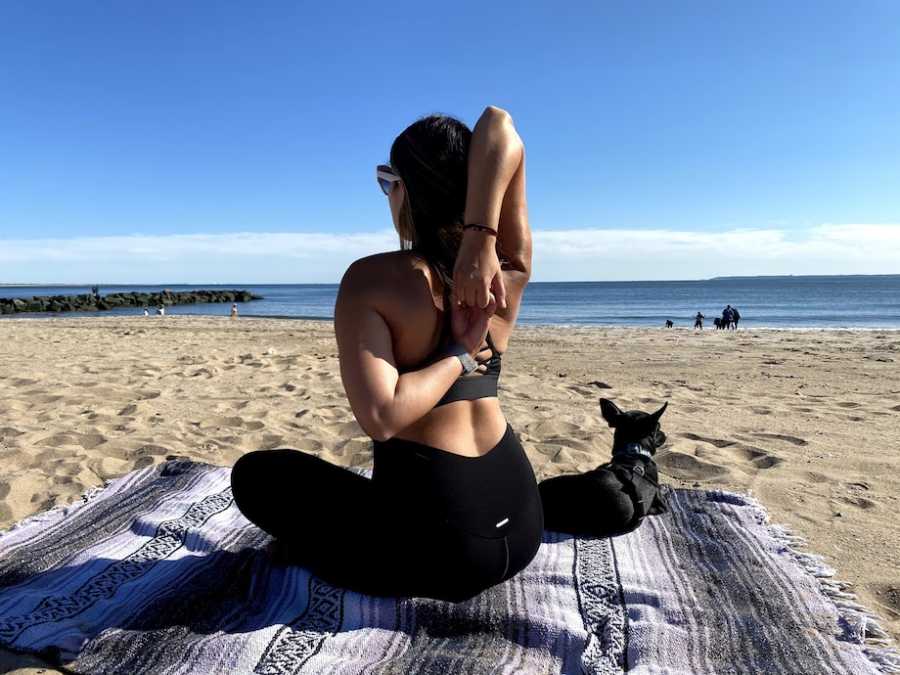
While this created a major shift, it happened right at the time the COVID-19 pandemic hit. The alternative medicine I was relying on for healing was suddenly, as it was for everyone, completely inaccessible to me, and so my symptoms flared from the stress and lack of treatment. So my therapist then made a surprising suggestion to me: that I visit a pelvic specialist.
One month after my Reiki session, I had a 90-minute meeting with a pelvic specialist and it was the first time where I felt completely heard by someone in Western medicine. I felt lifted and comforted because it finally seemed like I had a medical support system that truly had my back. I left with a suspected Endometriosis diagnosis. If I had been properly diagnosed in my mid-twenties, maybe I would have had the opportunity to get a laparoscopy, a surgical diagnostic procedure used to locate the endometriosis and take out the affected tissue. Instead, as I consider expanding my family, I may now have to face invasive surgery.
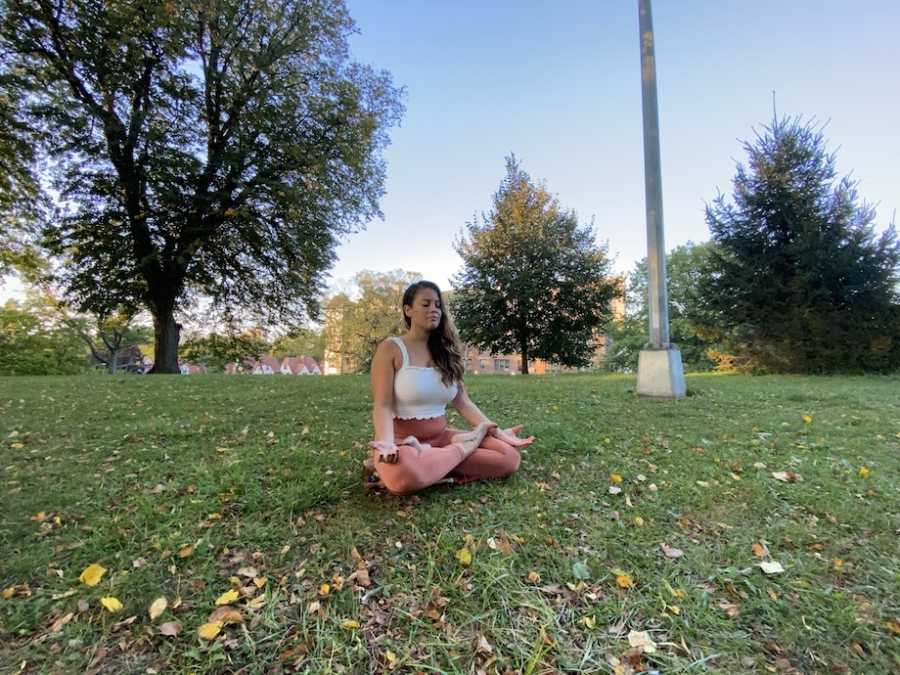
While many of these struggles were exacerbated by the pandemic, there were other issues I needed to look at that had been impacting my life for a long time. Living in New York City, I had been fully immersed in a culture that glamorizes a busy schedule. A test of someone’s drive and success seems to be measured by running on fumes. Obviously, stress and exhaustion only worsened my symptoms but I never felt like I had permission to take care of my body. Taking time off of work was taboo and if I did something nice for myself, I worried I was just being selfish. It’s simply part of the norm to be exhausted.
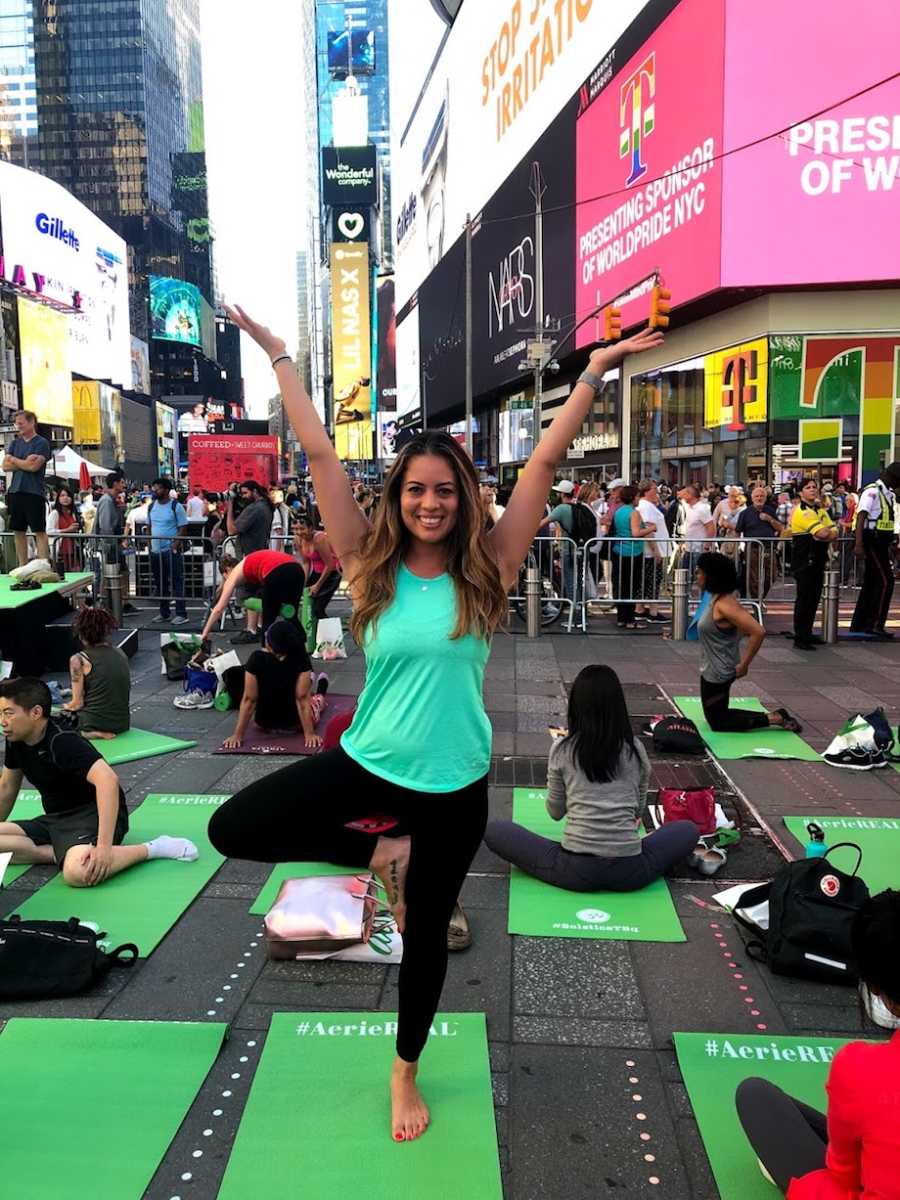
There’s another struggle that continues to raise its head: that of a ‘suspected diagnosis.’ Having an invisible illness, both mental and physical, is traumatic enough, but I sometimes feel like I can’t speak for a community because my pain is still in the realm of a ‘probably’ or ‘likely’ diagnosis. In many ways, that fear can be a silencing tool as well, as if without the stamp of a doctor’s note, my pain isn’t verified or can more easily be questioned. But I don’t want to be silenced and I don’t want to shy away from sharing my story in the hopes it can help others find validation in their own pain, both visible and invisible.
But the healing journey continues and thankfully, I’ve created a ritualistic toolkit. On a monthly schedule, I use acupuncture and cupping as well as massage for healing. I still practice talk therapy, Reiki, oracle reading, journaling, moon rituals, and baths, all of which I continue to find nurturing and helpful.
I remain extremely mindful of my cycle and I use CBD oil, valium suppositories as well as heating pads for the pain. I don’t plan major events around days I predict will be worse. Naturally, a huge step in this has been putting up boundaries and giving myself permission to say ‘no.’
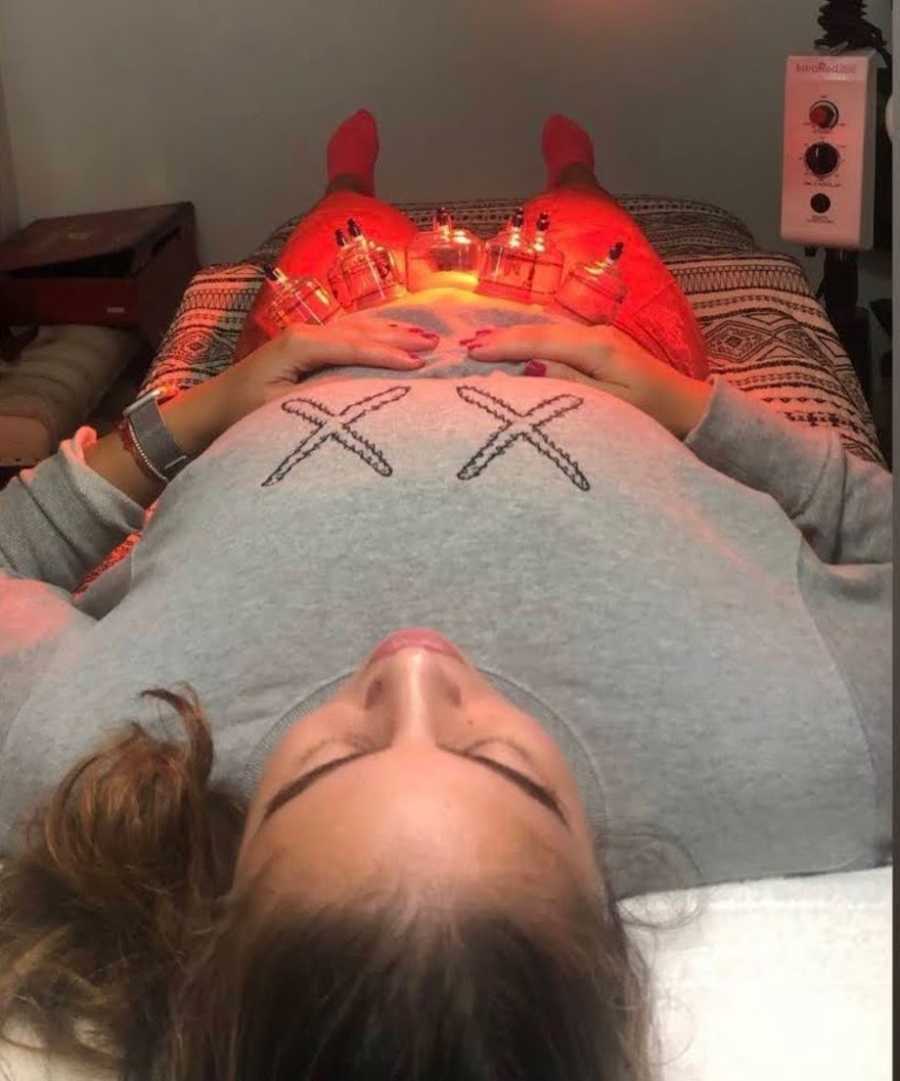
In terms of daily healing, I walk outside with my dog. I continue with my yoga practice as well as daily meditation and I try to remain mindful of triggers. I use a morning candle with affirmations to set intentions and self-reiki blessings. At night, I use a lavender diffuser to help me sleep.
This toolkit isn’t necessarily a map but it has helped me navigate my healing and I hope it can help others too. In an unexpected turn of events, my pain has been what has pushed me into energy healing work and to pursue a masters in health education, so I can help others. I know what it feels like to search for answers and support from medical communities and not get them. I know what it feels like to be in pain but to feel gaslit by society, shuffled off with unhelpful statements that pain is normal. In response to this, I want to help others see the healing journey is not linear. Western medicine has its place, for sure, but it’s not the only answer and I want to help others fall in love with their own healing journeys. Only you know what works for you. Only you know the severity of your pain and we need more space for that certainty to be validated and upheld.”

This story was submitted to Love What Matters by Xylina from Queens, NY. You can follow their journey on Instagram and their website. Do you have a similar experience? We’d like to hear your important journey. Submit your own story here. Be sure to subscribe to our free email newsletter for our best stories, and YouTube for our best videos.
Read more powerful stories from abuse survivors:
Provide beauty and strength for others. SHARE this story on Facebook with friends and family.

